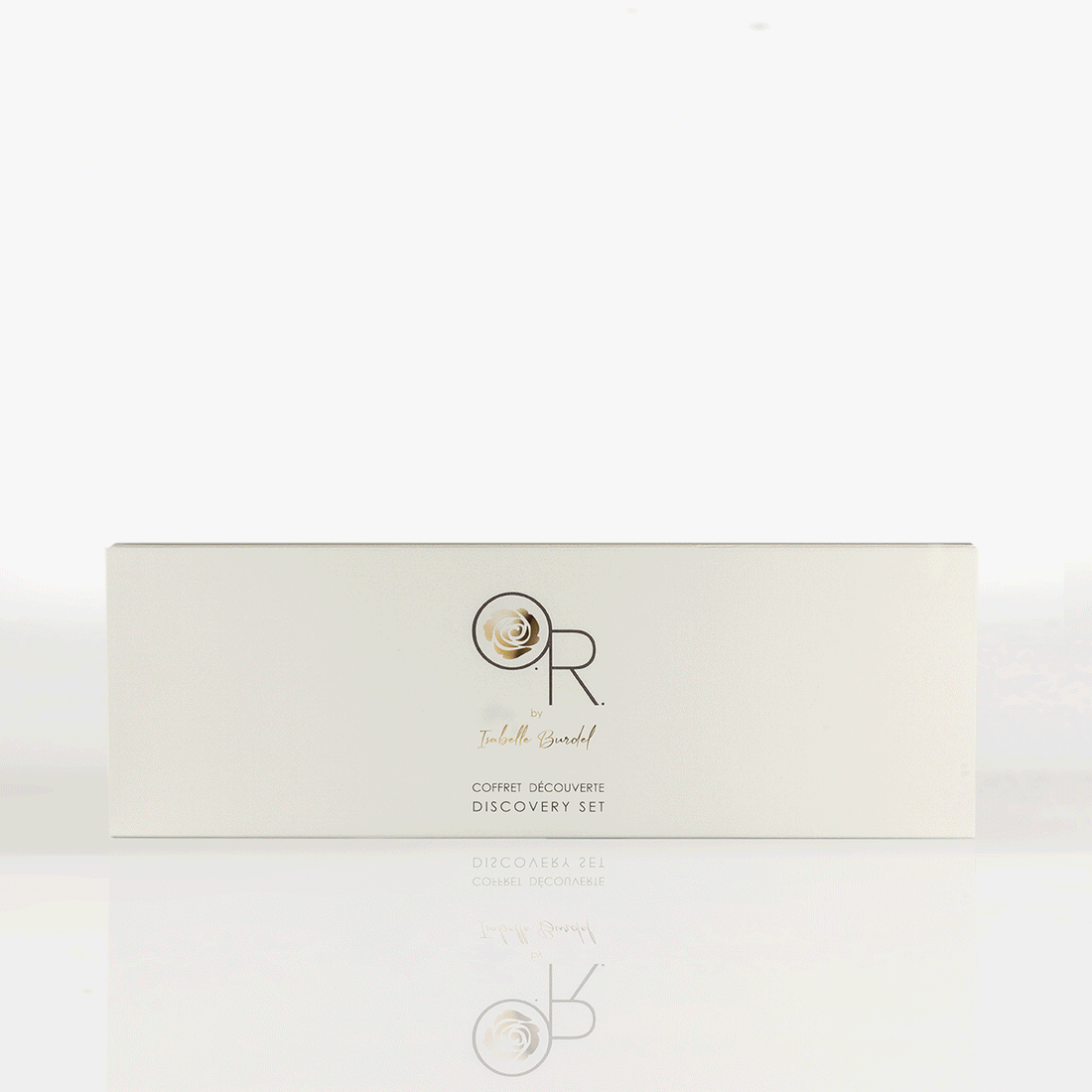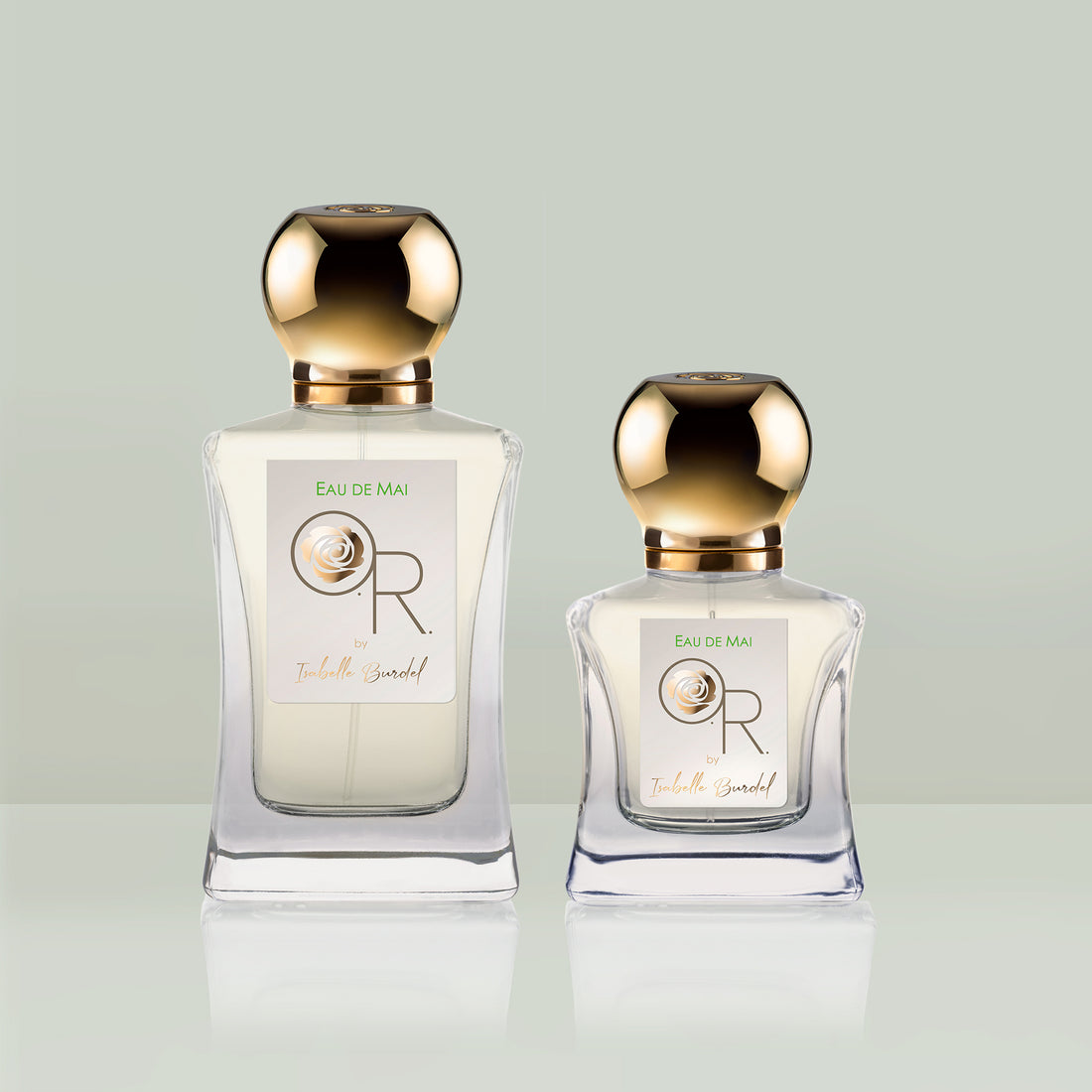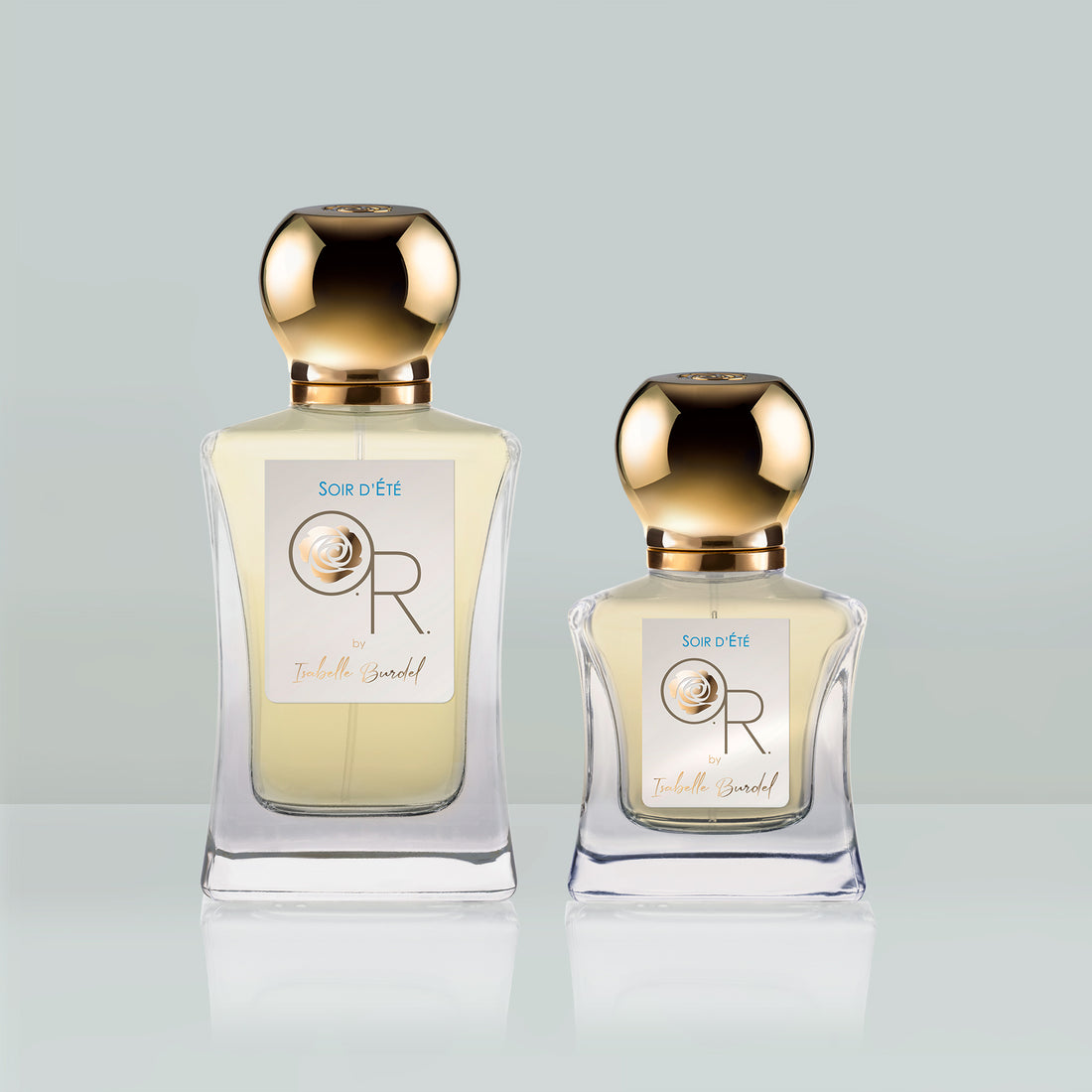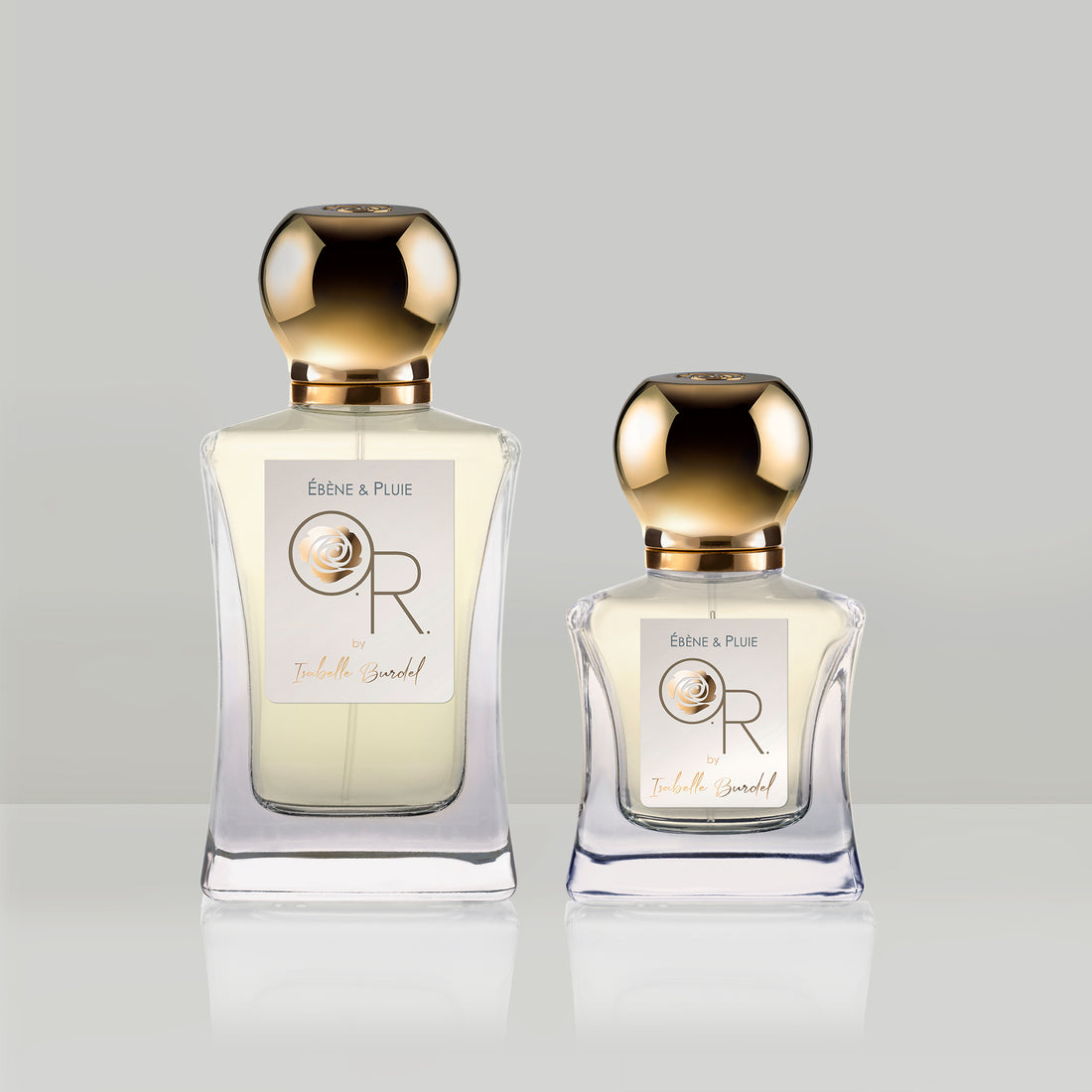Essential to fragrances, musk perfumes anchor their longevity while providing comfort to a composition. It is one of the animal raw materials that was once used, now replaced by synthetic notes. These synthetics offer a wide range of nuances, from "white musks" to more sensual or enchanting scents. Let's shine a spotlight on musk perfume, a true icon of niche perfumery.
Some generalities about musk perfume
Since the beginnings of perfumery, animal notes have been cherished by perfumers who appreciated their imposing aromas and resistance to evaporation. They were particularly valued for masking the odors associated with the lack of hygiene common in the 17th century.
They subsequently remained in the perfumer's palette. In small quantities, they mingled with light and delicate scents, providing them with roundness and longevity without being immediately perceptible. Animal raw materials were widely present in the majority of perfumes from the early 20th century.
Endowed with remarkable persistence, these animal notes served as fixatives in the base notes, texturizing and providing longevity to the fragrance. Musk and other animal notes (civet, castoreum, ambergris, and hyraceum) have almost all disappeared from the perfumer's palette, as their effects are now replicated through synthesis.
Musk perfume in history
The history of musk dates back to antiquity, where it was used for its aphrodisiac properties. In ancient Egypt, musk's fragrance was considered a symbol of power and attraction. The Egyptians used musk in the production of perfumes, massage oils, and even cosmetics to arouse desire.
Musk produced by musk deer has also been used in China since ancient times for its medicinal virtues. Over the centuries, it was increasingly used in the production of incense and perfumes. In India, another region known for its musk production, musk was used from the 4th century for its scent as well as in Ayurvedic medicine.
Musk was also highly prized during the Golden Age of Islam (8th-13th centuries), where it was used in incense and ointments to perfume the living spaces, clothing, and beards of the high society members. In medicine, it was valued for its stimulating properties.
The introduction of musk to Western Europe only occurred in the 12th century, following the fall of the Western Roman Empire. Known for its tonic and stimulating properties, its medical use gradually gave way to its use in perfumery and cosmetics.
Musk perfume, origin, and evolution
Tonkin musk comes from a gland of the male musk deer, an animal species native to the mountainous regions of Central Asia. It is a substance secreted by the abdominal glands of males during the mating season.
The hunting of musk deer was intensely practiced in the 1960s-1970s, a lucrative activity that could fetch about 300 to 400,000 francs per kilogram. In Asia, there is still a significant demand for this substance, to which aphrodisiac properties are attributed. The diluted liquid is even consumed through straws at certain local bars. The substance is believed to have curative properties for impotence and to be effective in reducing heart problems. This is why musk maintains its sensual allure in perfumery.
For perfumery, animal musk was processed in the form of tinctures. Tinctures were prepared from musk grains by a cold process. These products improved with age as they matured in large bottles for at least 18 months. Muscone is the characteristic constituent of natural musk (present from 0.5% to 2%). The fragrance of Tonkin musk exuded wild and animalic nuances. It offered a carnal roundness and an incomparable texture to perfumes, which contributed to the aura of the classic perfumery of yesteryears. In 1926, Lavoslav Ruzicka successfully synthesized the smell of animal musk, marking a turning point in the perfume industry.
Subsequently, measures were taken to protect the musk deer, which is now endangered. The trade in musk is now regulated by the Convention on International Trade in Endangered Species of Wild Fauna and Flora (CITES), signed in Washington on March 3, 1973. The goal of this convention is to establish global regulations for the trade of wild animals, plants, and their products. In France, this convention was implemented in 1978.
Today, the use of natural musk is prohibited, and musk perfumes are reproduced synthetically. In contrast to so-called "animal musk," almost all of our perfumes contain "white musks." These have their own distinct effect, often described as clean, sometimes powdery or fruity, such as galaxolide. Others, still in a soft spirit, emit an odor closer to the skin, like muscenone, for example.
The perfume of synthetic musk
There is a wide variety of synthetic musks, capable of adding infinite nuances to a composition. They are grouped into four categories: nitro musks, polycyclic musks, macrocyclic musks, and alicyclic musks. The scent of nitro musks, which are no longer used, was more powdery than others. Among the polycyclic musks, Galaxolide is particularly notable, with its distinct, round, and fruity nuances. Widely used in detergents, it was introduced into fine perfumery for the first time with "Mûre et Musc" by L'Artisan Parfumeur (1978). More recent, macrocyclic musks offer a wide range of fragrances. For example, Muscenone with its powdery notes, Ambrettolide, which is more amber and fruity, or Exaltolide, discovered from the seed of ambrette, with more floral tones. Alicyclic musks represent the latest generation of synthetic musks, like Helvetolide, with its unique milky and fruity nuances.
Some icons of musky perfumes
The scent of Tonkin musk has influenced many vintage perfumes, such as Chanel “No. 5” (1921). It imparted a unique sensual and warm roundness to them, often referred to as a "fur effect." Almost all contemporary perfumes contain white musks in their base notes. These serve as excellent fixatives. Some fragrances openly play with the comfortable, sensual, or clean nuances of these synthetic musks. Besides "Mûre et Musc" by L'Artisan Parfumeur, we can mention The Body Shop's "White Musk" (1981), where white musks are adorned with fruity, floral, and powdery undertones. Kiehl's "Original Musk" (2004) also highlights the clean aspects of white musks, with a more powdery and sensual interpretation, featuring subtle animalic touches. Thierry Mugler's "Cologne" (2001) envelops the freshness of citrus and green notes in a musky and warm halo, creating a play of contrasts. On the opposite end of the olfactory spectrum, Serge Lutens' "Muscs Koublaï Khan" (1998) fully explores the wild and animalic dimension of musk in a highly sensual register.
Musk perfume at Olfactory Revelation
As a perfumer with 35 years of experience, Isabelle Burdel is now an independent professional. For the past 20 years, she has been creating custom perfumes for an exclusive clientele in her Private Salon in Cannes. She has now applied her expertise to her own line, Olfactory Revelation.
At the heart of her range, you'll find a rather musky facet in the fragrance "Blanc Absolu". It's a delicate composition, tinted with iris, sandalwood, and velvety musks. A bubble of opalescent softness, ethereal and powdery. White musks bring suppleness and comfort to the green, fresh, and floral accord of "Eau de Mai".
If musk perfume attracts you and you dream of learning more about them, don't hesitate to order Olfactory Revelation's discovery set! It's the perfect opportunity to try their soft and sensual tones on your skin.






